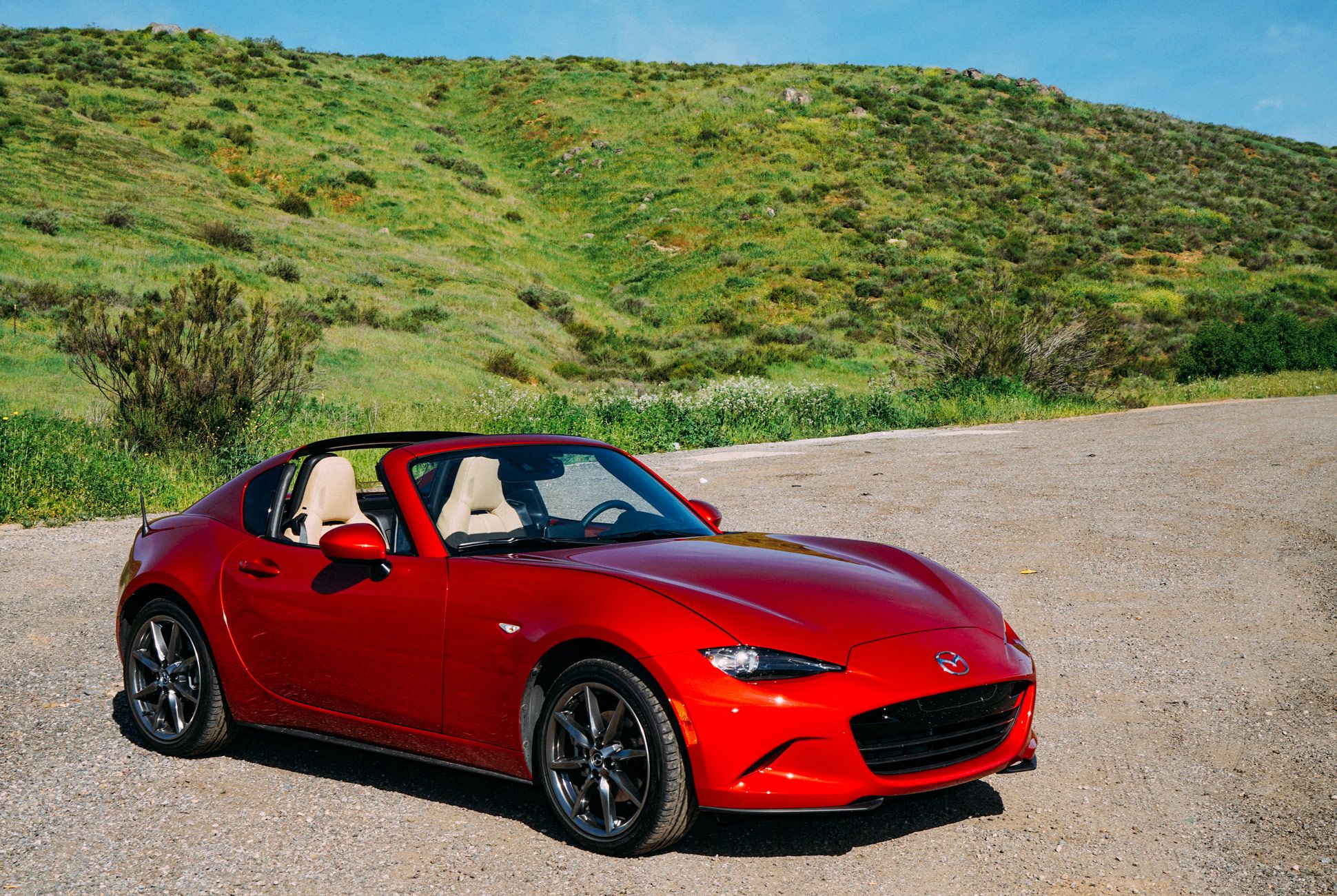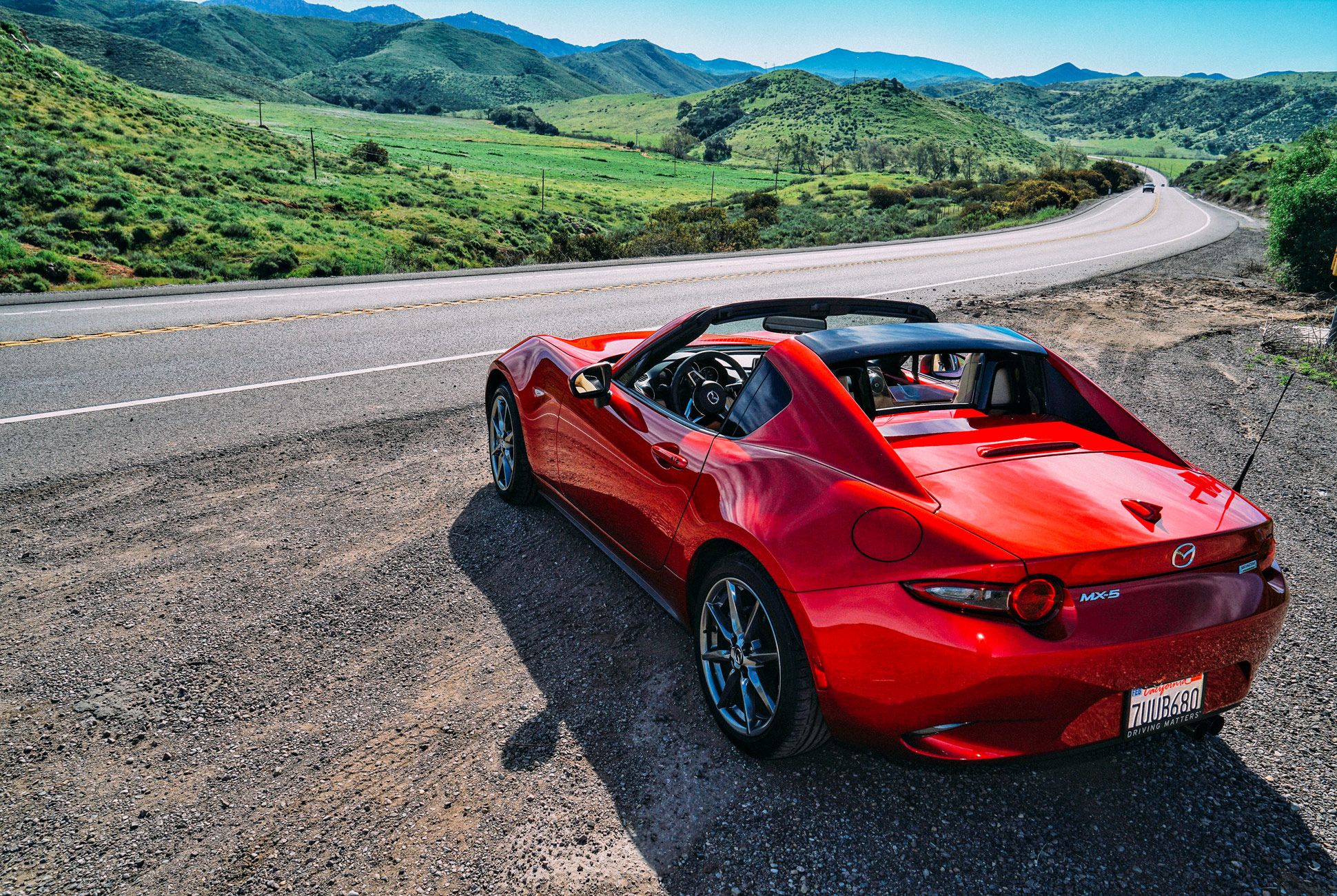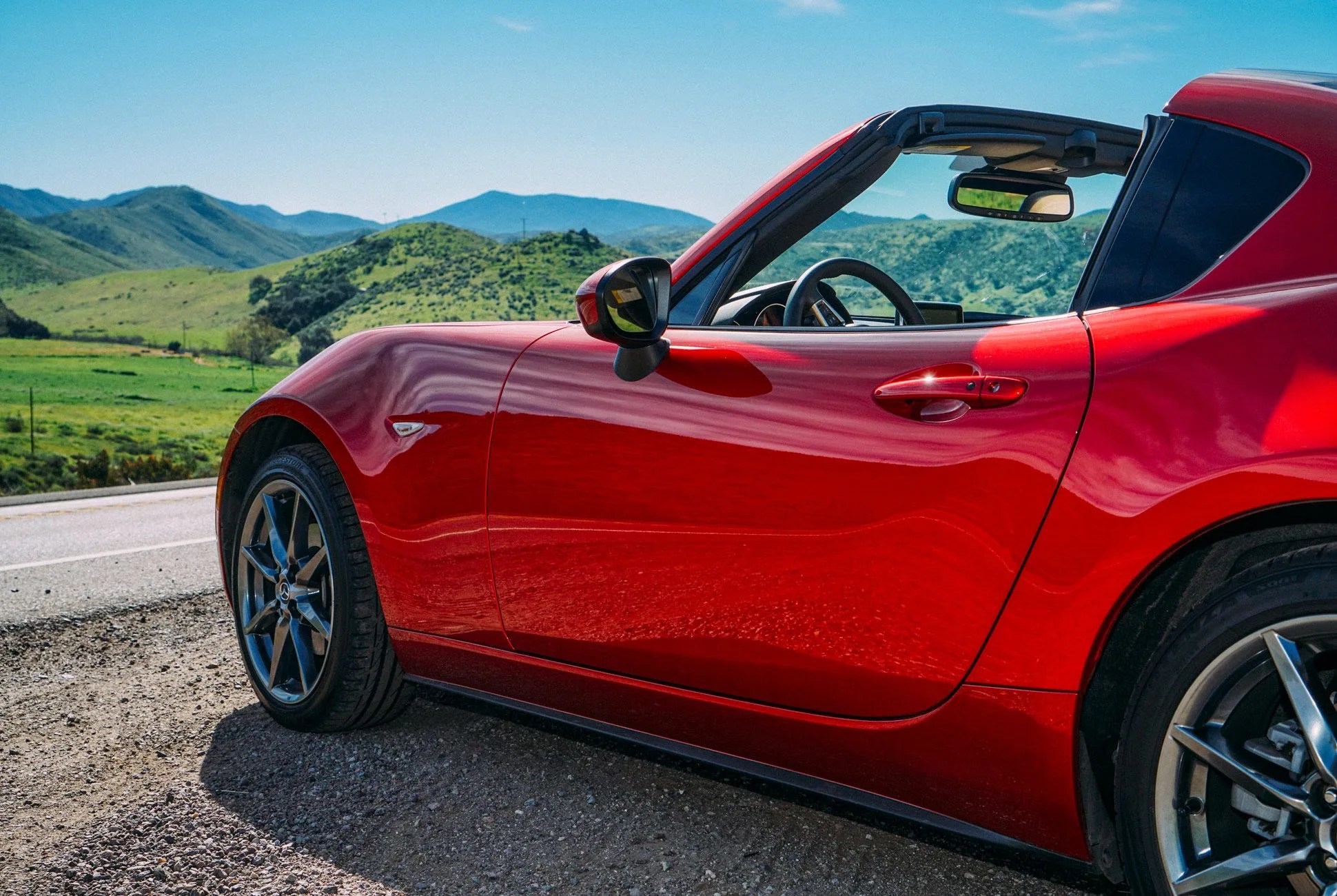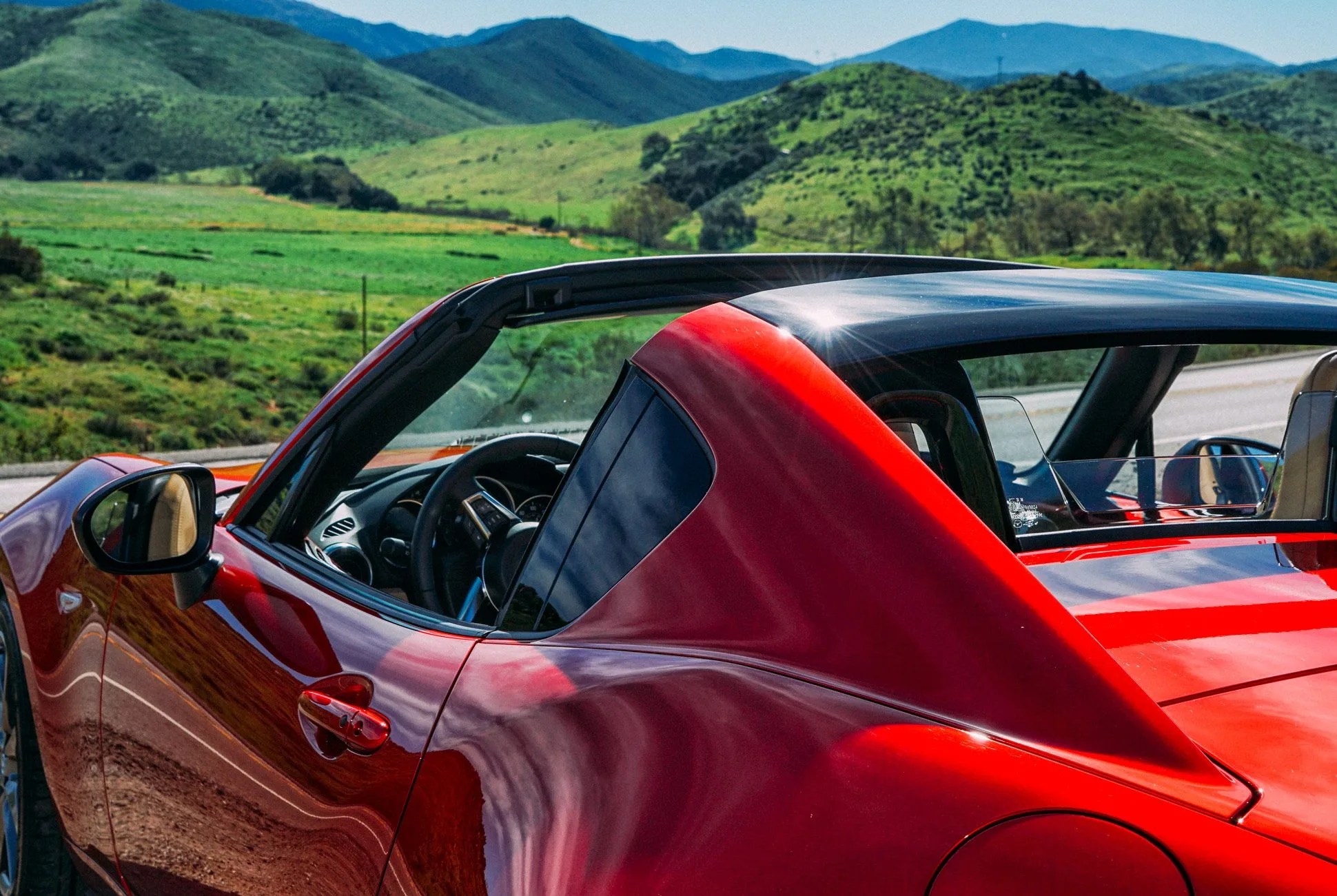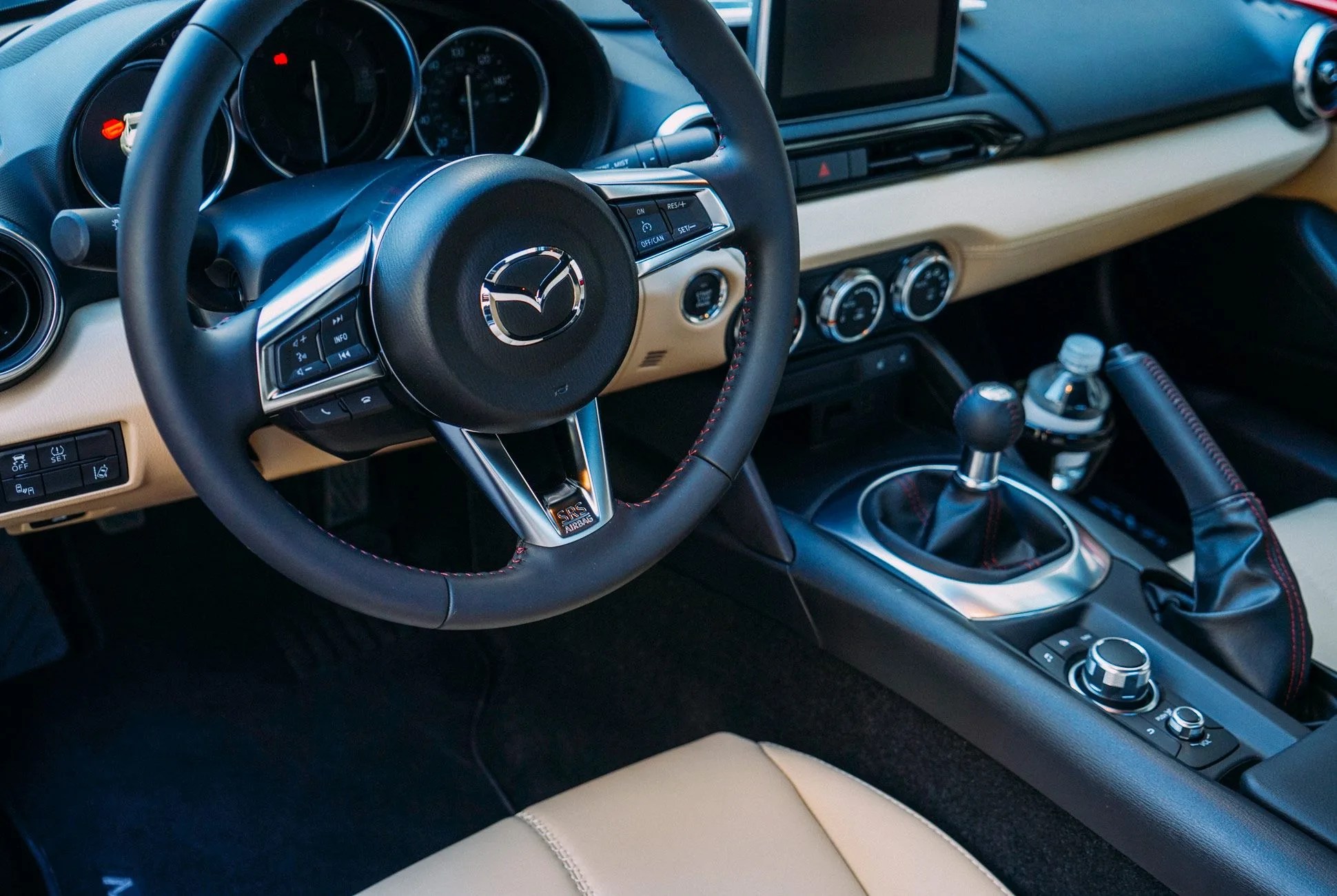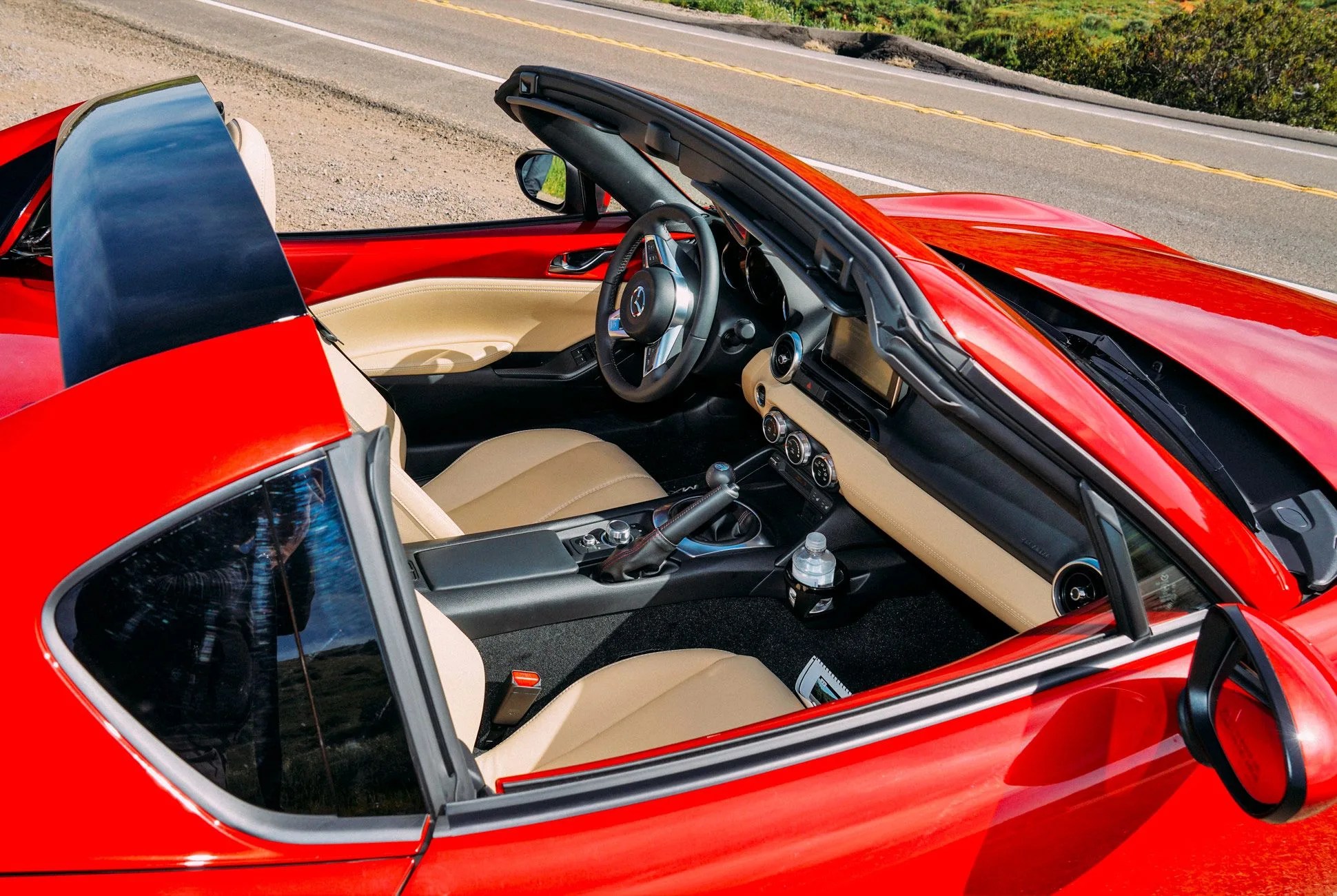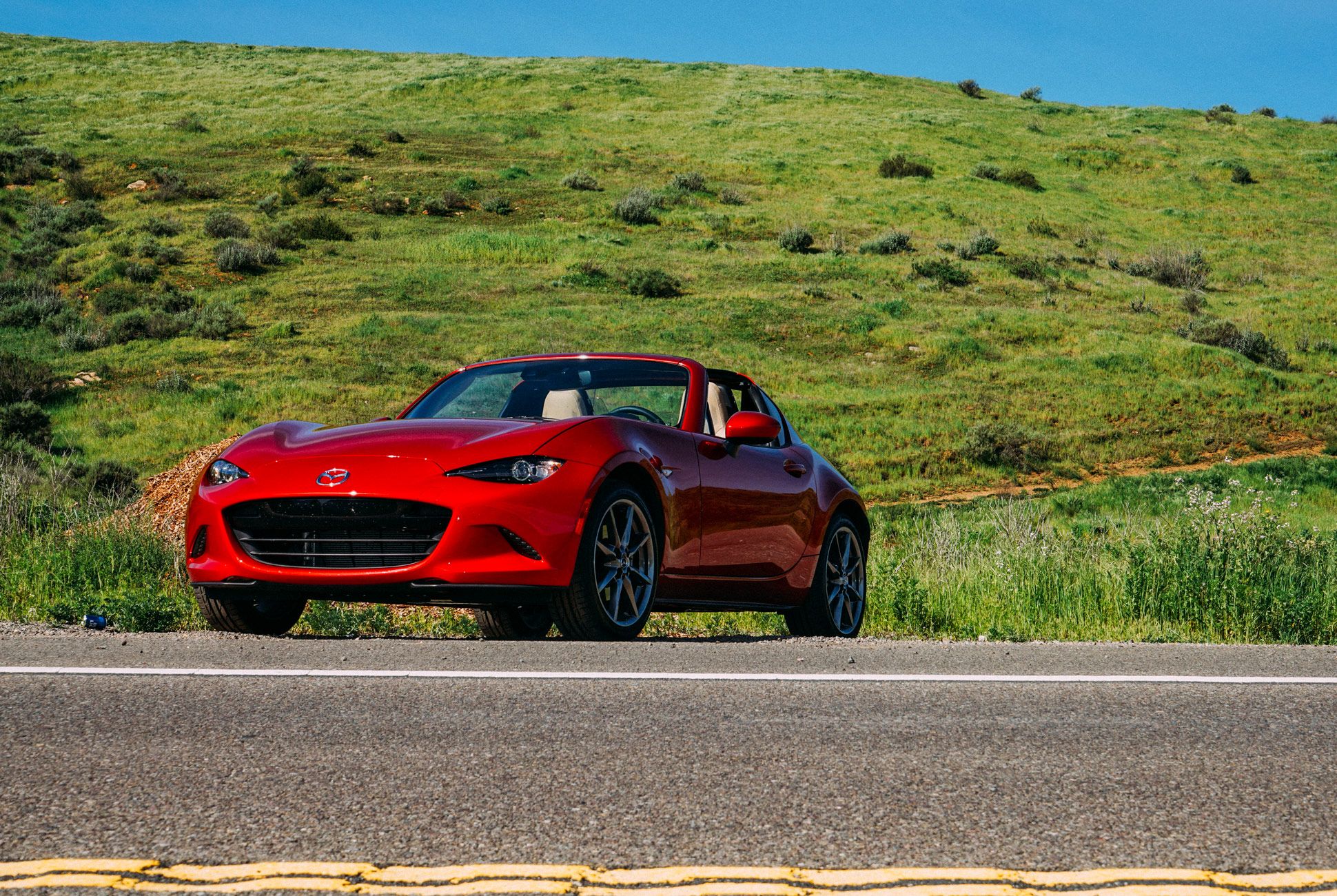7 photos
The Mazda Miata has always been a party on four wheels. Its two-seat, front-engine, rear-drive layout and light weight conspire to generate sensational handling. Its low price makes it accessible, particularly in the aftermarket. Its modest dimensions have barely budged in a quarter century — other cars are plagued by constantly growing dimensions, not it. And its drop-top takes advantage of that low overall mass by making you feel somehow even airier and lighter than other convertibles.
But perhaps its greatest trick has been retaining its populist (the good kind) street-cred. Other convertible sports cars tend come freighted with snooty aspirations or aggressively billboarded lifestyle statements (“CHECK OUT MY CAMARO CONVERTIBLE, YOU LAME BASTARDS!”). But the Miata occupies a rare spot of honest, guileless fun. You harbor no grudges toward the man motoring in a Miata.
2017 Mazda Miata RF
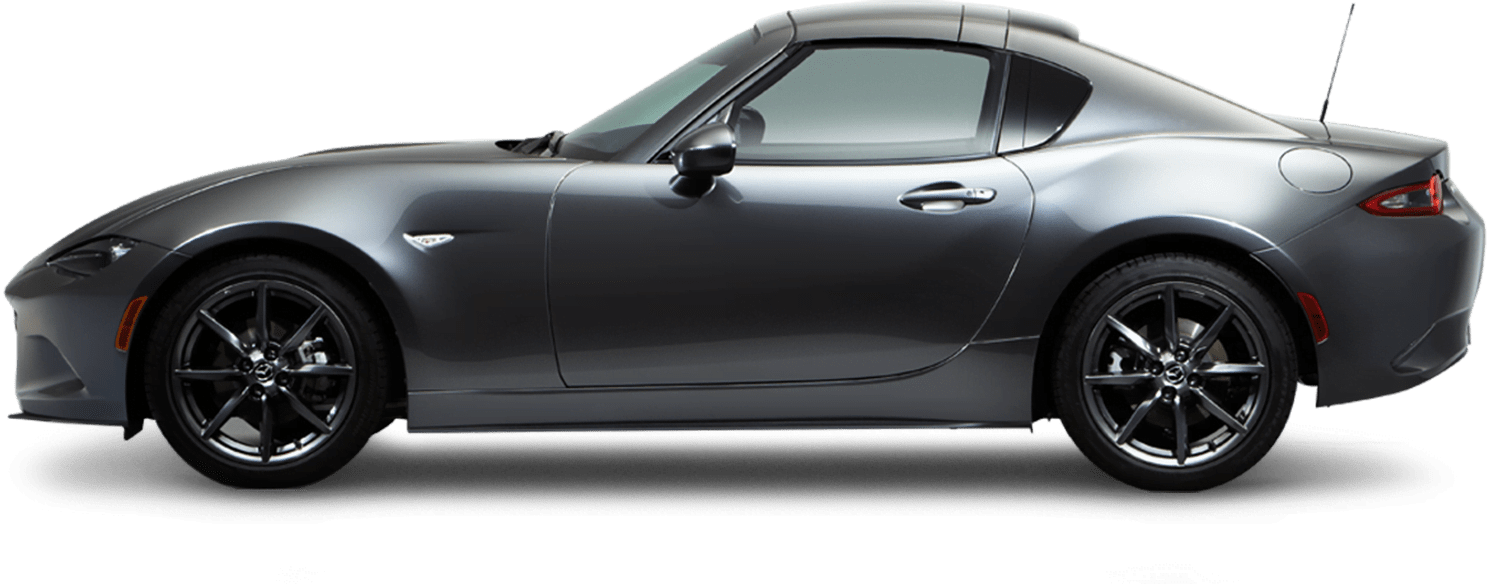
Engine: 2.0-liter inline-four
Transmission: 6-speed manual; 6-speed automatic
Horsepower: 155 horsepower
Torque: 148 lb-ft
0-60 mph: 5.8 seconds
MPG: 26/35, city/highway
MSRP: $31,555 (base)
Even so, Mazda decided to inject a bit of edge into its design with the new RF variant, short for “retractable fastback.” The hardtop convertible — a $2,555 premium — features a brisk motorized retraction mechanism that will inhale the roof in about 13 seconds and tuck it underneath a rear deck, all without compromising the already compromised luggage space. (The hardtop’s motors have been re-engineered from the previous versions to be more compact, and to also automatically operate the roof latch prior to retraction.) What the process leaves behind is a targa-like buttress behind the occupants that affords a hint of privacy while subtracting a commensurate hint of open-airiness.

